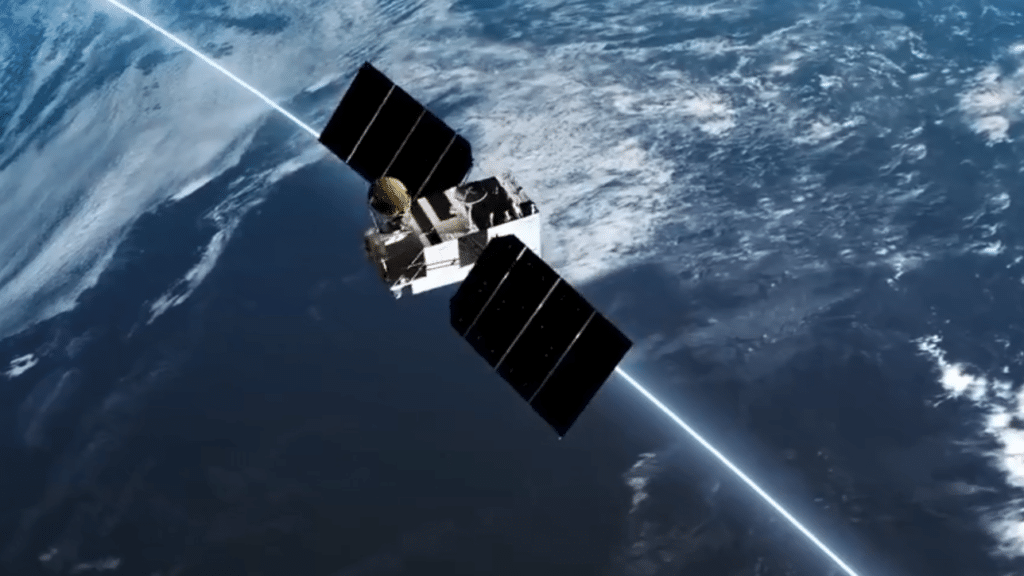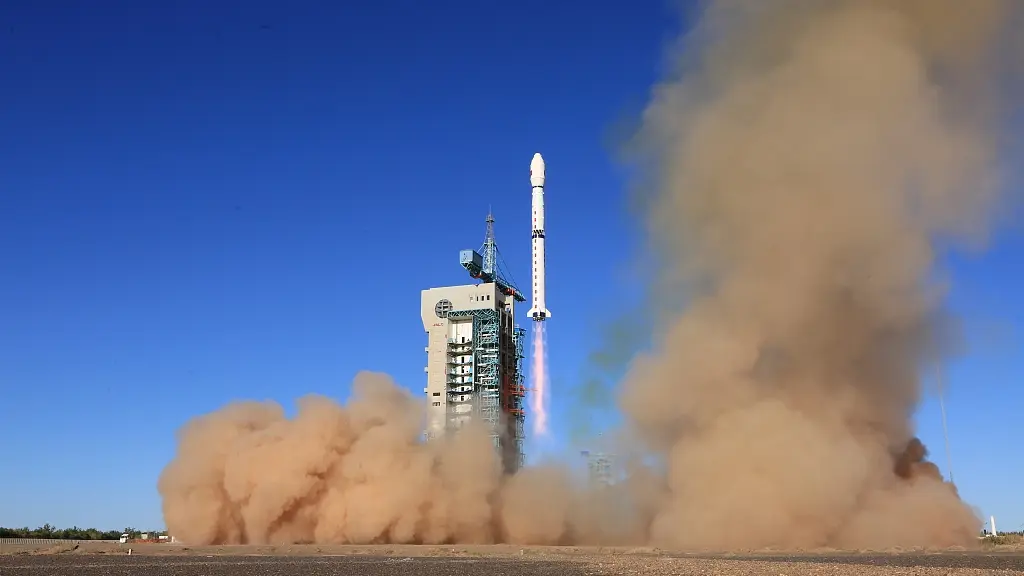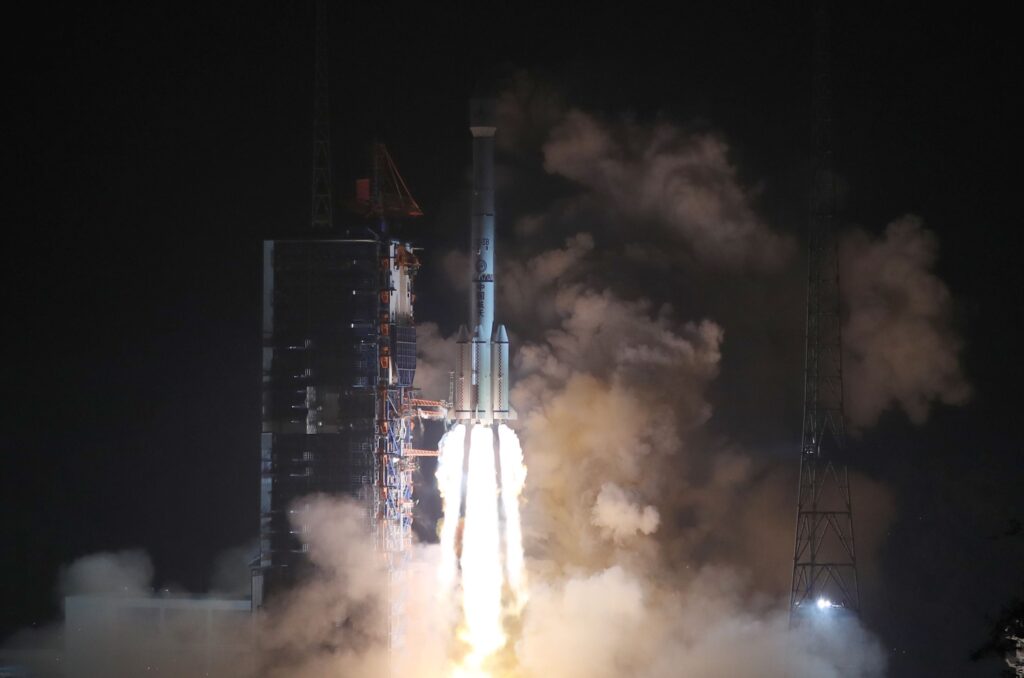China’s triumph in the world of space exploration is truly remarkable, as it accomplished yet another groundbreaking feat on April 16, 2023. With the successful launch of the Fengyun-3 meteorological satellite via the Chang Zheng-4B carrier rocket from the Jiuquan Cosmodrome in Gansu Province, China has taken a giant leap forward in its mission to monitor severe weather patterns and provided crucial information on natural disasters like floods and landslides. The launch also marked the 471st mission of the Chang Zheng rocket family, solidifying their position as one of the most reliable and consistent rocket families globally. Such impressive achievements will undoubtedly pave the way for even more remarkable endeavors in the future.
Behold the Fengyun-3, the sophisticated second generation of Polar-Orbiting Environmental Satellites that form an integral part of China’s dynamic meteorological and climate satellite system. These revolutionary satellites, together with high-orbiting satellites in Geostationary Orbit, play a vital role in operational weather forecasting and environmental monitoring. With up to twelve state-of-the-art instruments, the Fengyun-3 satellites provide essential data to meteorologists on atmospheric profiles and cloud movement. But that’s not all – the data from these advanced satellites also holds tremendous potential for various scientific disciplines, including atmospheric physics and chemistry, climate science, and even space weather research. The Fengyun-3’s capabilities are indeed out of this world!
The Space Race Between USA & China
In recent times, the rivalry between the United States and China in the area of space exploration has intensified as both nations strive to make significant advancements in their respective space programs. Historically, the United States has always been a leader in space exploration. Their current focus is on private-sector collaboration and international partnerships to achieve their ambitious space goals. The Artemis program, for instance, seeks to land the first woman and the next man on the moon by 2024. NASA is also working on the Space Launch System (SLS) and Orion spacecraft, with the aim of enabling manned missions to Mars and beyond.
China, on the other hand, has been investing heavily in its space program and has made impressive strides in recent years. For example, they have landed multiple rovers on the moon and plan to establish a permanent lunar base by the end of the decade. In 2020, they launched the Tianwen-1 spacecraft, which included an orbiter, lander, and rover, to Mars. This was a significant achievement and marked China’s first attempt to land a spacecraft on Mars.
It is clear that the competition between the United States and China in space exploration is heating up, and both nations are determined to push the boundaries of space exploration. Although it is too soon to declare a clear winner, both countries are investing heavily in their space programs and making significant progress toward their ambitious goals.



